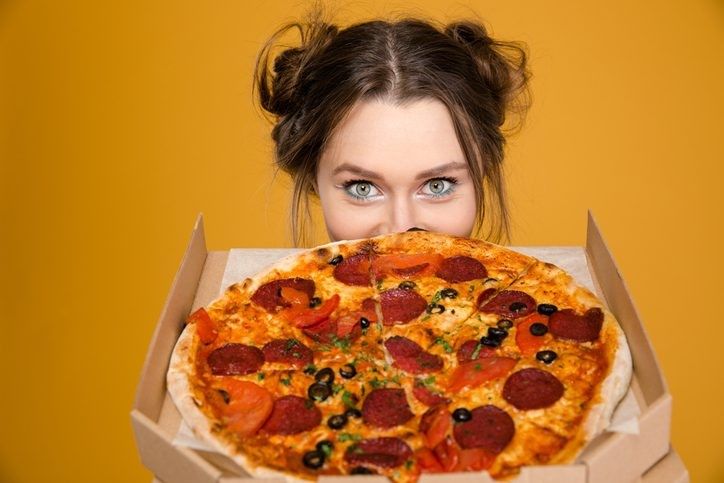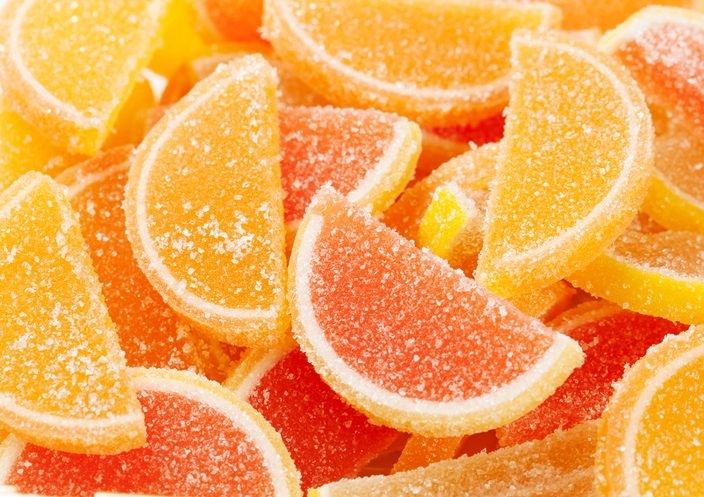A study conducted by researchers from Aarhus University in Denmark has found that repeated exposure to images of the same food product can trick the brain into feeling full, potentially assisting in curbing overeating.
The experiments conducted by the researchers demonstrated that viewing the same image more than 30 times can evoke a sense of satiety in individuals.
Tjark Andersen, from the Department of Food Science at Aarhus, explained that participants who were exposed to the picture multiple times tended to choose smaller portion sizes compared to those who had seen it only three times.

These findings suggest that visual repetition of food images could play a role in appetite regulation and may have implications for weight management strategies.
It was found that individuals can experience a sense of fullness without consuming any food by repeatedly viewing images of the same product.
Andersen explained that this phenomenon is actually quite natural, as our thoughts about food greatly influence our appetite.
The research aimed to determine the required number of image repetitions and whether introducing variation in the images would diminish the sense of satiety.
To explore the impact of image variation on satiety, Andersen and his colleagues developed several online experiments, involving more than 1,000 participants.
Through their digital experiments, they sought to understand whether altering the visual stimuli of food could diminish the feeling of fullness experienced by individuals.
In the study, the researchers initially presented participants with a picture of orange candy. Some individuals were exposed to the image three times, while others viewed it 30 times.

Andersen observed that the group exposed to a higher number of candy pictures experienced a greater sense of satiety afterwards.
These findings suggest that repeated exposure to the same food image can contribute to feelings of fullness. Andersen further highlighted the potential implications of the research as a weight loss strategy.
With the global prevalence of overweight individuals tripling since 1975, obesity has emerged as a significant health challenge according to the World Health Organisation (WHO).
The reason behind excessive weight gain lies in consuming excessive amounts of food, particularly unhealthy choices, coupled with insufficient physical activity.
Harnessing the power of visual stimuli, such as repeated exposure to images, could potentially aid in curbing overeating and supporting weight management efforts.
Andersen suggested considering the development of an app based on a Google search that could potentially leverage the findings of the study.
For instance, if someone desired pizza, they could open the app and browse through numerous pizza photos while imagining the act of consuming it.
By doing so, the individual might experience a sense of satiety and reduce their desire for pizza.
This approach has the potential to influence appetite and cravings through visual stimulation, Andersen said.
